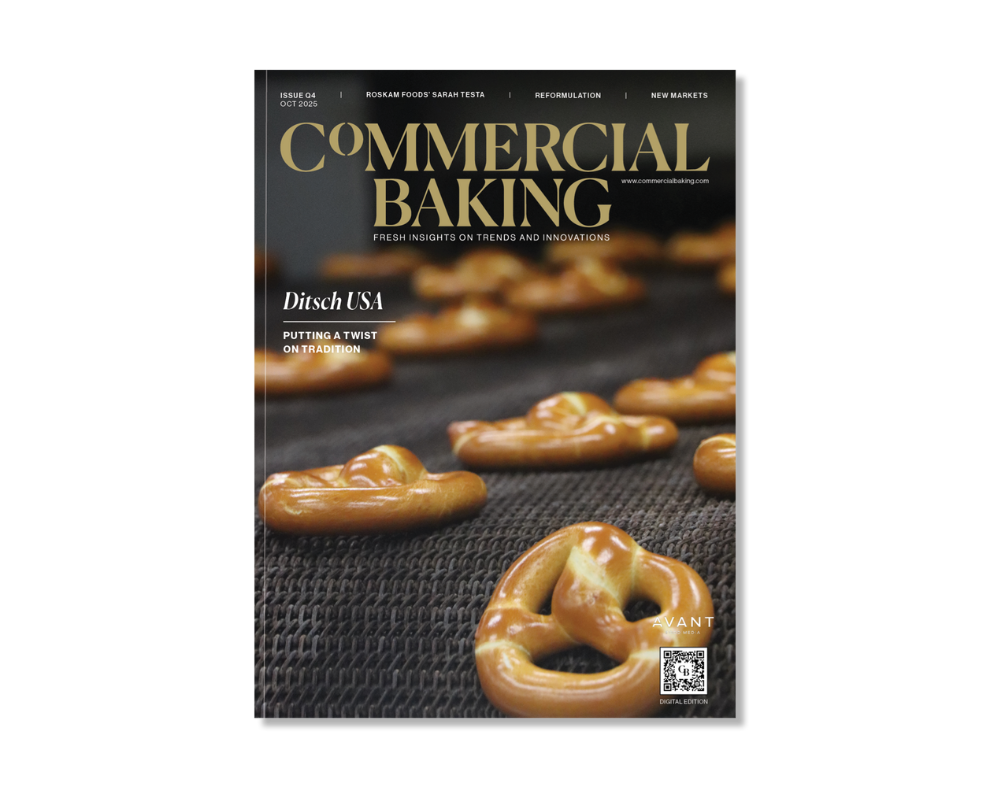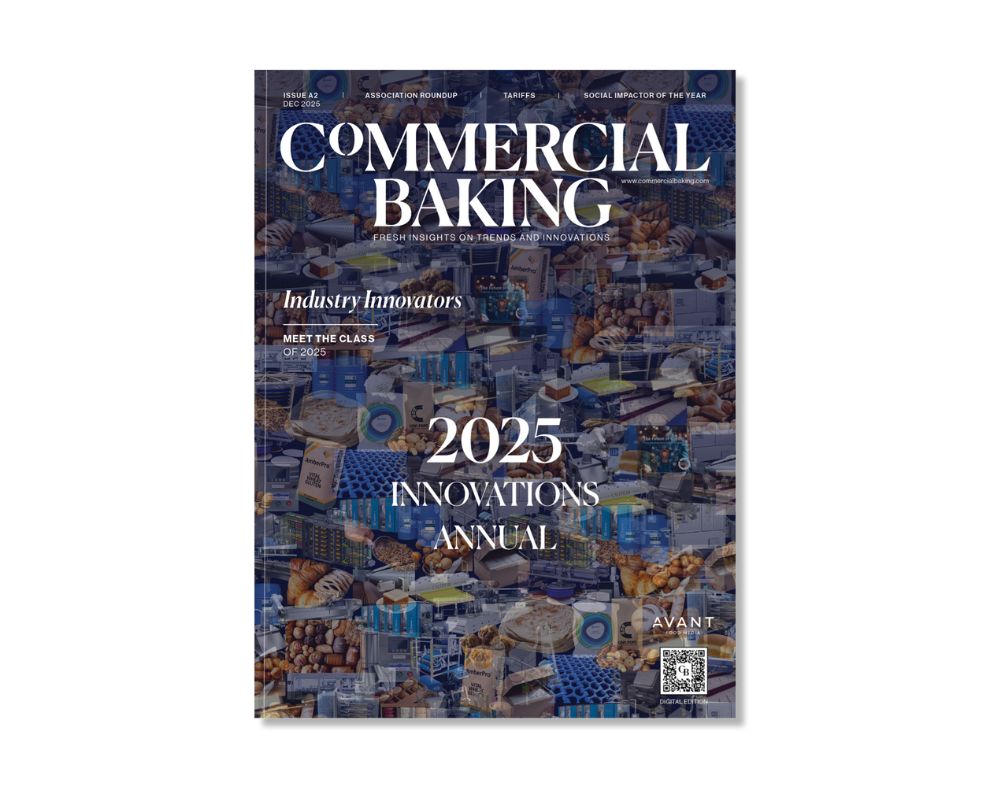
Commercial Baking is a hybrid of targeted quarterly issues with two special editions available in print and interactive digital formats.

Don’t miss a beat between issues. Six targeted newsletters provide up-to-date content that’s easy to navigate in weekly, monthly and breaking-news formats.

Commercial Baking is a hybrid of targeted quarterly issues with two special editions available in print and interactive digital formats.

Don’t miss a beat between issues. Six targeted newsletters provide up-to-date content that’s easy to navigate in weekly and monthly formats.